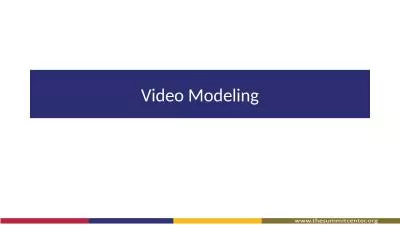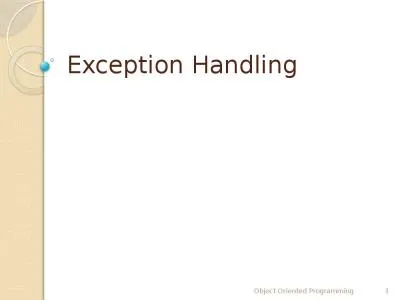PPT-Object-oriented modeling
Author : yoshiko-marsland | Published Date : 2016-03-21
Sequence diagrams Karolina Muszyńska Based on S Wrycza B Marcinkowski K Wyrzykowski Język UML 20 w modelowaniu SI Dynamic view sequence diagrams role and types
Presentation Embed Code
Download Presentation
Download Presentation The PPT/PDF document "Object-oriented modeling" is the property of its rightful owner. Permission is granted to download and print the materials on this website for personal, non-commercial use only, and to display it on your personal computer provided you do not modify the materials and that you retain all copyright notices contained in the materials. By downloading content from our website, you accept the terms of this agreement.
Object-oriented modeling: Transcript
Download Rules Of Document
"Object-oriented modeling"The content belongs to its owner. You may download and print it for personal use, without modification, and keep all copyright notices. By downloading, you agree to these terms.
Related Documents

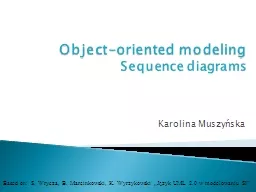
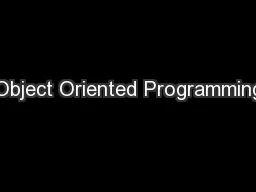
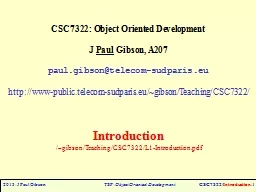
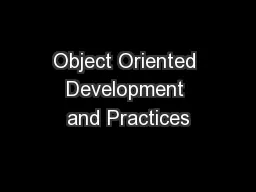
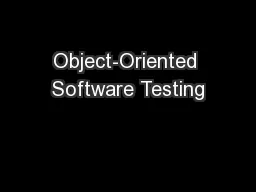
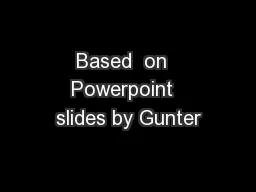
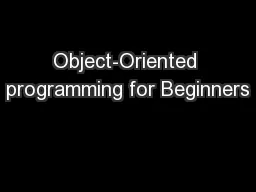
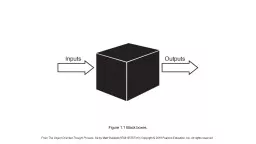
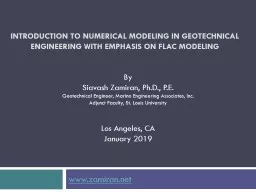
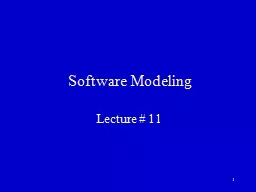
![[PDF]-Python 3 Object-oriented Programming: Building robust and maintainable software](https://thumbs.docslides.com/975150/pdf-python-3-object-oriented-programming-building-robust-and-maintainable-software-with-object-oriented-design-patterns-in-python.jpg)
